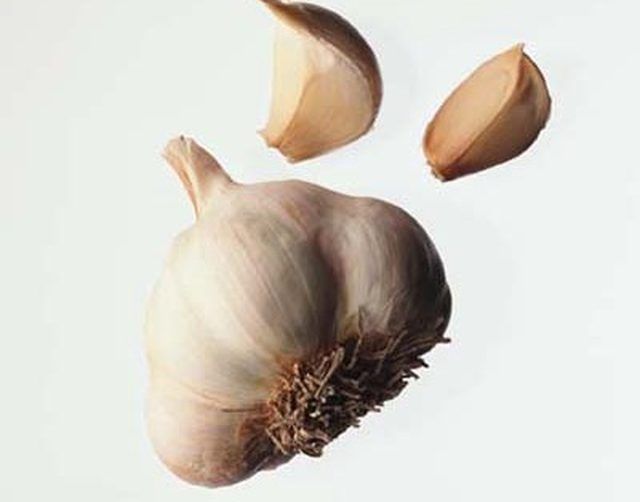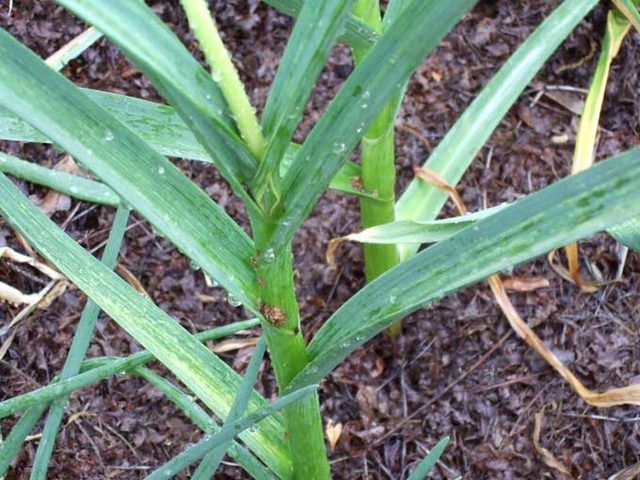Bulbs
Flower Basics
Flower Beds & Specialty Gardens
Flower Garden
Garden Furniture
Garden Gnomes
Garden Seeds
Garden Sheds
Garden Statues
Garden Tools & Supplies
Gardening Basics
Green & Organic
Groundcovers & Vines
Growing Annuals
Growing Basil
Growing Beans
Growing Berries
Growing Blueberries
Growing Cactus
Growing Corn
Growing Cotton
Growing Edibles
Growing Flowers
Growing Garlic
Growing Grapes
Growing Grass
Growing Herbs
Growing Jasmine
Growing Mint
Growing Mushrooms
Orchids
Growing Peanuts
Growing Perennials
Growing Plants
Growing Rosemary
Growing Roses
Growing Strawberries
Growing Sunflowers
Growing Thyme
Growing Tomatoes
Growing Tulips
Growing Vegetables
Herb Basics
Herb Garden
Indoor Growing
Landscaping Basics
Landscaping Patios
Landscaping Plants
Landscaping Shrubs
Landscaping Trees
Landscaping Walks & Pathways
Lawn Basics
Lawn Maintenance
Lawn Mowers
Lawn Ornaments
Lawn Planting
Lawn Tools
Outdoor Growing
Overall Landscape Planning
Pests, Weeds & Problems
Plant Basics
Rock Garden
Rose Garden
Shrubs
Soil
Specialty Gardens
Trees
Vegetable Garden
Yard Maintenance
How to Grow Garlic at Home
How to Grow Garlic at Home. Fragrant, delicious garlic is one of the world’s favorite seasonings. Americans eat about 2.6 pounds of garlic per capita per year, according to the U.S. Department of Agriculture. You don’t have to be a big Gilroy farmer to grow it yourself. Garlic is easy to grow at home, and makes an attractive border...

Fragrant, delicious garlic is one of the worldís favorite seasonings. Americans eat about 2.6 pounds of garlic per capita per year, according to the U.S. Department of Agriculture. You donít have to be a big Gilroy farmer to grow it yourself. Garlic is easy to grow at home, and makes an attractive border for all kinds of gardens.
Things You'll Need
Whole head of garlic
Shovel
Time-release fertilizer
Sand (optional)
Plant garlic in mid-October through November. In Eastern Europe, it is traditional to plant garlic on the winter solstice, the shortest day of the year.
Most bulbs, including garlic, grow better in sandy, well drained soil. If your soil is heavy and water tends to pool in it rather than drain, try adding sand or consider growing your garlic in a large, well drained pot instead. Choose a sunny location.
Select one or two heads of garlic from your favorite grocery store. Check for soft spots and stains on the peel to make sure your garlic isnít rotting. Remove the excess papery peel from the head and break it into individual cloves. Donít peel the cloves. Youíll probably have 10 to 20 cloves.
Using your shovel, turn over the soil in the area where you want to plant your garlic. If the soil is heavy and wet, now is the time to add sand. Also add a handful of general time-release fertilizer. Mix well. Smooth the soil. Push your finger into the soil to the second knuckle--about 1 ? inches. Drop in a clove; the pointed end should be facing up and the root end down. Cover it with soil. Repeat about 4 inches apart with the next clove. After all the cloves are planted, press the soil firmly down and water lightly.
Six to eight months after you plant your garlic, youíll see that the stems are beginning to turn brown and die. In warm, dry areas, allow them to dry in the soil before digging the bulbs out. In rainy areas, take the bulbs out of the ground earlier to prevent rot. Dig up the bulbs carefully with a shovel.

Wash the bulbs and store them in a cool, dark, dry place. They will keep for several months. Some varieties of garlic can be braided or made into wreaths.
Tips & Warnings
Elephant garlic, that giant tasty bulb that is so delicious when roasted, is not really garlic. It is a variety of leek. Its culture is similar to garlic. Try growing some.
Too much sun can be bad for your skin. Wear appropriate clothing and safety gear when gardening outside. Always wear gloves when handling chemical fertilizers.